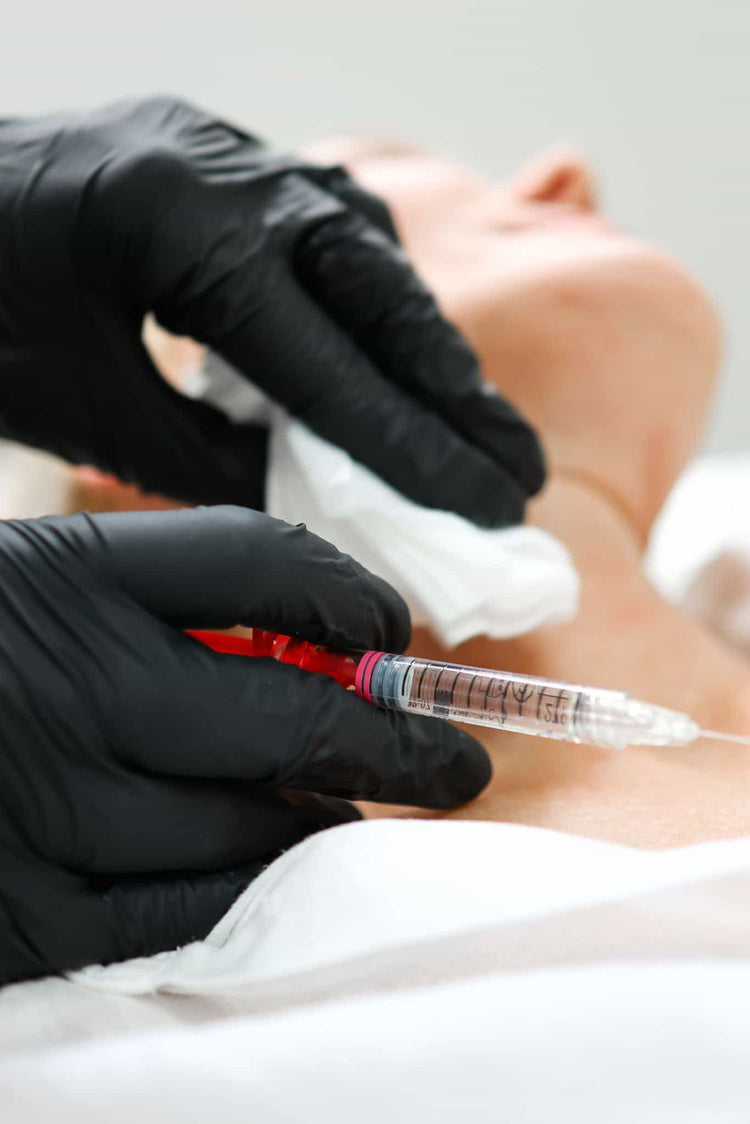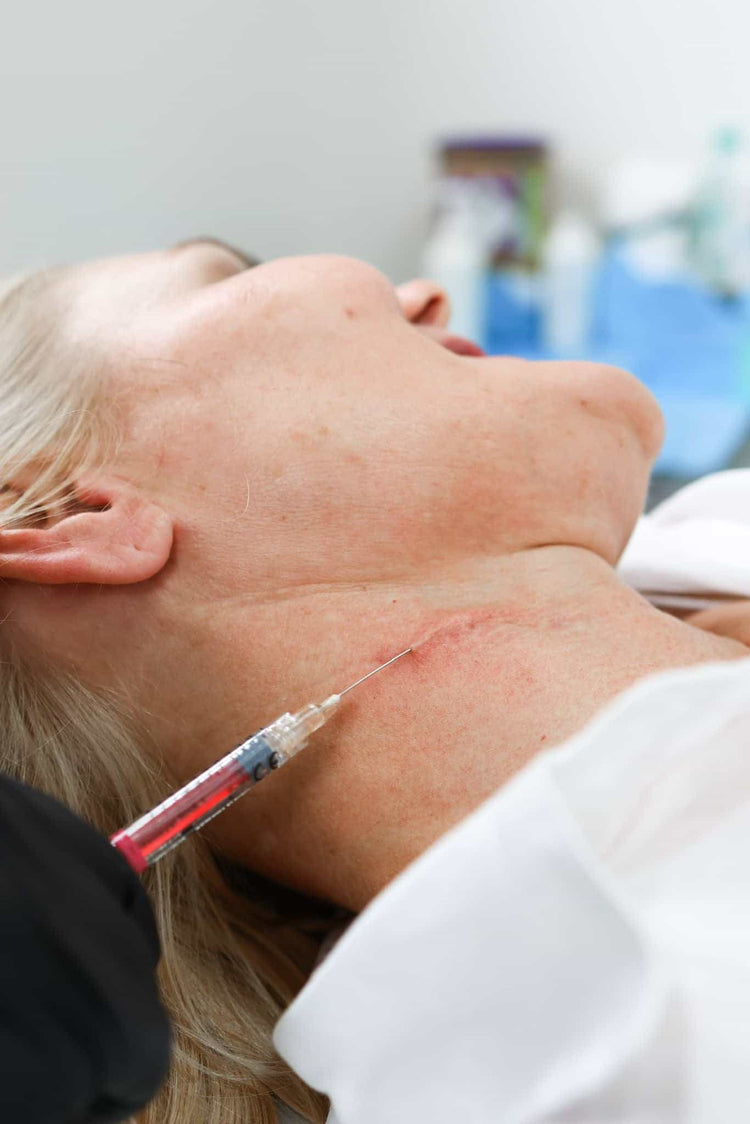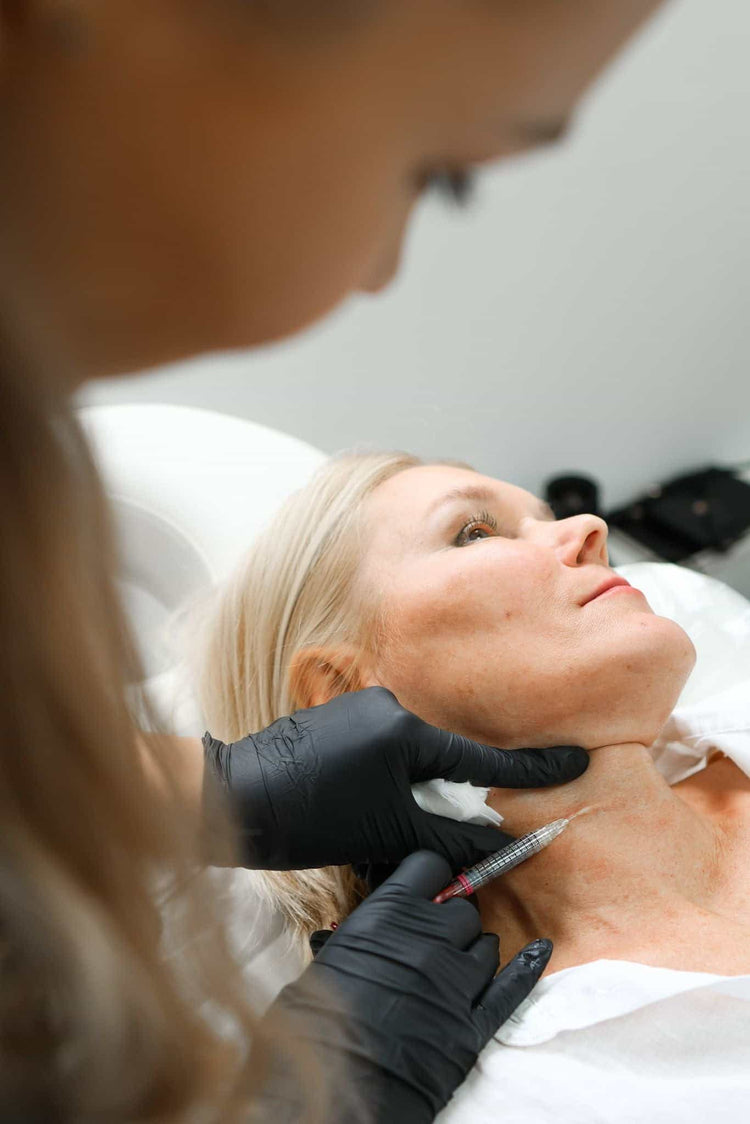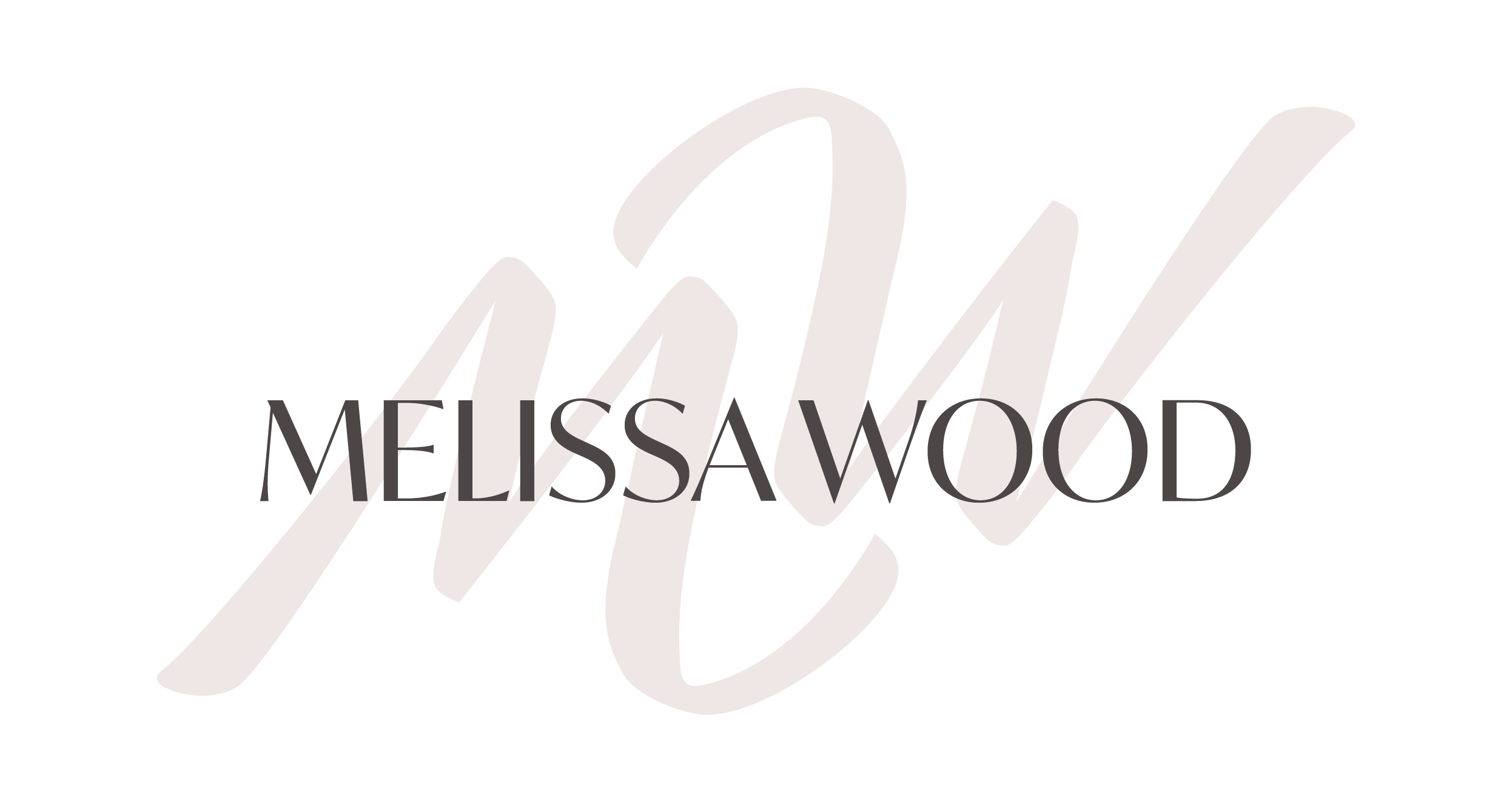Managing Bruising
Bruising and swelling are common side effects after undergoing neck line filler injections, typically lasting for several days to a week in most cases. Understanding how to manage these side effects can contribute to a smoother recovery and enhance your overall experience.
Ice Packs
Ice packs are an effective tool for managing bruising and swelling following neck line filler injections. Apply an ice pack wrapped in a towel to the treated area for 15-20 minutes at a time, several times a day. This helps constrict blood vessels, reducing inflammation and minimizing the appearance of bruising.
Cold Compresses
Ice packs are an effective tool for managing bruising and swelling following neck line filler injections. Apply an ice pack wrapped in a towel to the treated area for 15-20 minutes at a time, several times a day. This helps constrict blood vessels, reducing inflammation and minimizing the appearance of bruising.
Remember to protect your skin from direct contact with the ice by wrapping it in a towel. Avoid leaving the ice pack on for extended periods as this can damage the skin.
Elevation
Elevation is another helpful strategy for reducing swelling after neck line filler injections. Prop your head up with an extra pillow while sleeping and throughout the day when resting. Elevating the treated area helps to drain excess fluid, minimizing puffiness and promoting faster healing.
In addition to ice packs and elevation, you can also consider over-the-counter pain relievers such as ibuprofen or naproxen to help manage any discomfort associated with bruising and swelling. Always follow the dosage instructions on the medication label.
Reducing Swelling

Bruising and swelling are common side effects after neck line filler injections. Managing these side effects effectively can contribute to a smoother recovery and enhance your overall experience.
Compression Bandages
Compression bandages can be helpful in reducing swelling after neck line filler injections. These bandages apply gentle pressure to the treated area, which helps to limit fluid buildup and promote circulation.
When using compression bandages, it’s important to follow the instructions provided by your practitioner. They may recommend wrapping the bandage snugly but not too tightly, ensuring comfortable blood flow. The bandage should be kept in place for a specified period each day.
Compression bandages can complement other methods of managing swelling, such as ice packs and elevation, to help optimize your recovery.
Over-the-Counter Medications
Over-the-counter medications like ibuprofen or naproxen can help reduce pain and inflammation associated with bruising and swelling after neck line filler injections. These nonsteroidal anti-inflammatory drugs (NSAIDs) work by blocking the production of chemicals that contribute to pain and swelling.
It’s important to follow the recommended dosage instructions on the medication label and consult your doctor or pharmacist if you have any concerns or pre-existing medical conditions.
Hydration
Hydration plays a crucial role in minimizing swelling after neck line filler injections. Drinking plenty of water helps flush out toxins and promotes lymphatic drainage, which aids in reducing puffiness.
Aim to consume at least eight glasses of water per day throughout your recovery period. You can also consider incorporating hydrating beverages like herbal teas or diluted fruit juices into your daily routine.
Aftercare Tips
After undergoing neck line filler injections, it’s common to experience bruising and swelling. These side effects typically subside within a week, but understanding how to manage them can contribute to a smoother recovery.
Gentle Touch
Ice packs are an effective tool for managing bruising and swelling after neck line filler injections. Apply an ice pack wrapped in a towel to the treated area for 15-20 minutes at a time, several times a day. This helps constrict blood vessels, reducing inflammation and minimizing the appearance of bruising.
Remember to protect your skin from direct contact with the ice by wrapping it in a towel. Avoid leaving the ice pack on for extended periods as this can damage the skin.
Elevation is another helpful strategy for reducing swelling after neck line filler injections. Prop your head up with an extra pillow while sleeping and throughout the day when resting. Elevating the treated area helps to drain excess fluid, minimizing puffiness and promoting faster healing.
In addition to ice packs and elevation, you can also consider over-the-counter pain relievers such as ibuprofen or naproxen to help manage any discomfort associated with bruising and swelling. Always follow the dosage instructions on the medication label.
Compression bandages can be helpful in reducing swelling after neck line filler injections. These bandages apply gentle pressure to the treated area, which helps to limit fluid buildup and promote circulation.
When using compression bandages, it’s important to follow the instructions provided by your practitioner. They may recommend wrapping the bandage snugly but not too tightly, ensuring comfortable blood flow. The bandage should be kept in place for a specified period each day.
Compression bandages can complement other methods of managing swelling, such as ice packs and elevation, to help optimize your recovery.
Over-the-counter medications like ibuprofen or naproxen can help reduce pain and inflammation associated with bruising and swelling after neck line filler injections. These nonsteroidal anti-inflammatory drugs (NSAIDs) work by blocking the production of chemicals that contribute to pain and swelling.
It’s important to follow the recommended dosage instructions on the medication label and consult your doctor or pharmacist if you have any concerns or pre-existing medical conditions.
Hydration plays a crucial role in minimizing swelling after neck line filler injections. Drinking plenty of water helps flush out toxins and promotes lymphatic drainage, which aids in reducing puffiness.

Aim to consume at least eight glasses of water per day throughout your recovery period. You can also consider incorporating hydrating beverages like herbal teas or diluted fruit juices into your daily routine.
After undergoing neck line filler injections, it’s common to experience bruising and swelling. These side effects typically subside within a week, but understanding how to manage them can contribute to a smoother recovery.

Avoid Facial Massage
Avoid facial massage for at least two weeks after receiving neck line filler injections. Facial massage can disrupt the placement of the filler, leading to uneven results or migration.
Sun Protection
Bruising and swelling are common side effects after undergoing neck line filler injections, typically lasting for several days to a week in most cases. Understanding how to manage these side effects can contribute to a smoother recovery and enhance your overall experience.
- Ice packs are an effective tool for managing bruising and swelling following neck line filler injections. Apply an ice pack wrapped in a towel to the treated area for 15-20 minutes at a time, several times a day. This helps constrict blood vessels, reducing inflammation and minimizing the appearance of bruising.
- Remember to protect your skin from direct contact with the ice by wrapping it in a towel. Avoid leaving the ice pack on for extended periods as this can damage the skin.
- Elevation is another helpful strategy for reducing swelling after neck line filler injections. Prop your head up with an extra pillow while sleeping and throughout the day when resting. Elevating the treated area helps to drain excess fluid, minimizing puffiness and promoting faster healing.
In addition to ice packs and elevation, you can also consider over-the-counter pain relievers such as ibuprofen or naproxen to help manage any discomfort associated with bruising and swelling. Always follow the dosage instructions on the medication label.
Compression bandages can be helpful in reducing swelling after neck line filler injections. These bandages apply gentle pressure to the treated area, which helps to limit fluid buildup and promote circulation.
When using compression bandages, it’s important to follow the instructions provided by your practitioner. They may recommend wrapping the bandage snugly but not too tightly, ensuring comfortable blood flow. The bandage should be kept in place for a specified period each day.
Compression bandages can complement other methods of managing swelling, such as ice packs and elevation, to help optimize your recovery.
Over-the-counter medications like ibuprofen or naproxen can help reduce pain and inflammation associated with bruising and swelling after neck line filler injections. These nonsteroidal anti-inflammatory drugs (NSAIDs) work by blocking the production of chemicals that contribute to pain and swelling.
It’s important to follow the recommended dosage instructions on the medication label and consult your doctor or pharmacist if you have any concerns or pre-existing medical conditions.
Hydration plays a crucial role in minimizing swelling after neck line filler injections. Drinking plenty of water helps flush out toxins and promotes lymphatic drainage, which aids in reducing puffiness.
Aim to consume at least eight glasses of water per day throughout your recovery period. You can also consider incorporating hydrating beverages like herbal teas or diluted fruit juices into your daily routine.
After undergoing neck line filler injections, it’s common to experience bruising and swelling. These side effects typically subside within a week, but understanding how to manage them can contribute to a smoother recovery.
Avoid facial massage for at least two weeks after receiving neck line filler injections. Facial massage can disrupt the placement of the filler, leading to uneven results or migration.
Follow Instructions from Your Practitioner
Bruising and swelling are common side effects after undergoing neck line filler injections, typically lasting for several days to a week in most cases. Understanding how to manage these side effects can contribute to a smoother recovery and enhance your overall experience.
- Ice packs are an effective tool for managing bruising and swelling following neck line filler injections. Apply an ice pack wrapped in a towel to the treated area for 15-20 minutes at a time, several times a day. This helps constrict blood vessels, reducing inflammation and minimizing the appearance of bruising.
- Remember to protect your skin from direct contact with the ice by wrapping it in a towel. Avoid leaving the ice pack on for extended periods as this can damage the skin.
- Elevation is another helpful strategy for reducing swelling after neck line filler injections. Prop your head up with an extra pillow while sleeping and throughout the day when resting. Elevating the treated area helps to drain excess fluid, minimizing puffiness and promoting faster healing.
In addition to ice packs and elevation, you can also consider over-the-counter pain relievers such as ibuprofen or naproxen to help manage any discomfort associated with bruising and swelling. Always follow the dosage instructions on the medication label.
Compression bandages can be helpful in reducing swelling after neck line filler injections. These bandages apply gentle pressure to the treated area, which helps to limit fluid buildup and promote circulation.
When using compression bandages, it’s important to follow the instructions provided by your practitioner. They may recommend wrapping the bandage snugly but not too tightly, ensuring comfortable blood flow. The bandage should be kept in place for a specified period each day.
Compression bandages can complement other methods of managing swelling, such as ice packs and elevation, to help optimize your recovery.
Over-the-counter medications like ibuprofen or naproxen can help reduce pain and inflammation associated with bruising and swelling after neck line filler injections. These nonsteroidal anti-inflammatory drugs (NSAIDs) work by blocking the production of chemicals that contribute to pain and swelling.
It’s important to follow the recommended dosage instructions on the medication label and consult your doctor or pharmacist if you have any concerns or pre-existing medical conditions.
Hydration plays a crucial role in minimizing swelling after neck line filler injections. Drinking plenty of water helps flush out toxins and promotes lymphatic drainage, which aids in reducing puffiness.
Aim to consume at least eight glasses of water per day throughout your recovery period. You can also consider incorporating hydrating beverages like herbal teas or diluted fruit juices into your daily routine.
After undergoing neck line filler injections, it’s common to experience bruising and swelling. These side effects typically subside within a week, but understanding how to manage them can contribute to a smoother recovery.
Avoid facial massage for at least two weeks after receiving neck line filler injections. Facial massage can disrupt the placement of the filler, leading to uneven results or migration.
Book your consultation with Dr. Laura Geige for Neck Line Fillers at It’s Me & You Clinic
- Alluzience Longer Lasting Botox Near Selhurst, Surrey - September 3, 2025
- How Neck Line Fillers Can Help Restore Confidence In Kingston Upon Thames - August 30, 2025
- How Long To Wait For More Lip Filler - August 24, 2025
